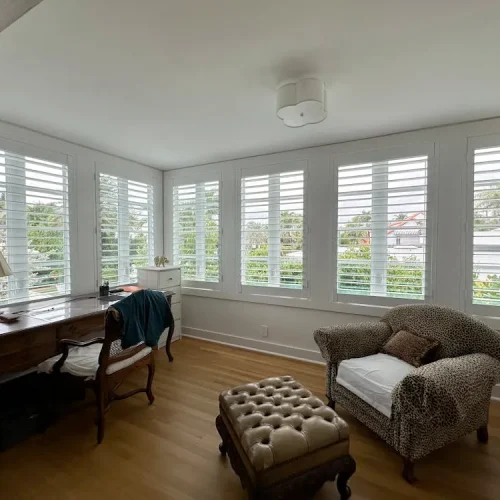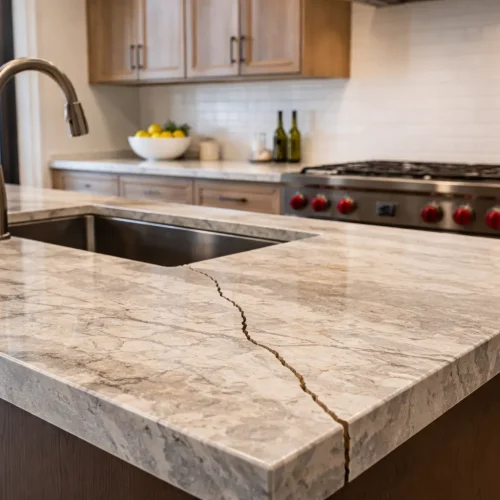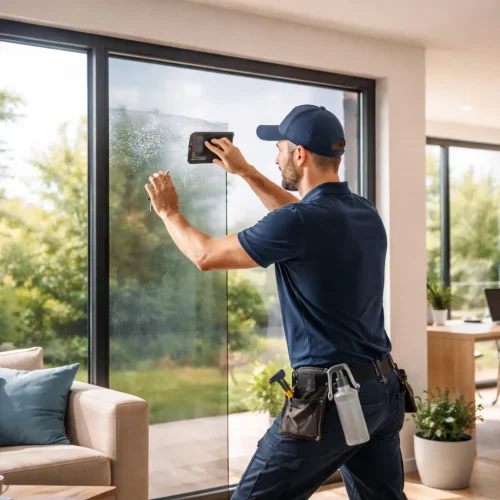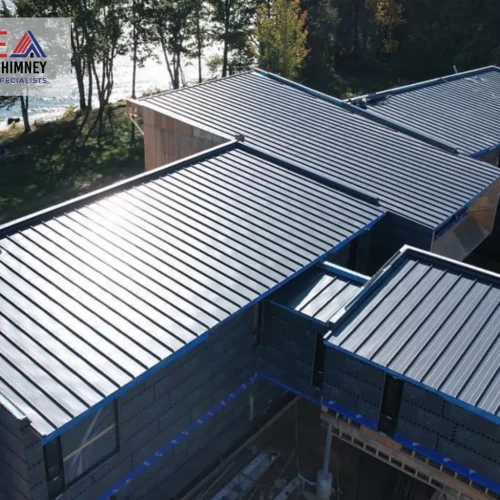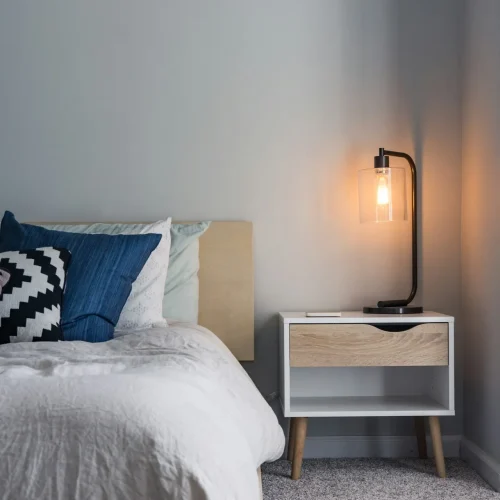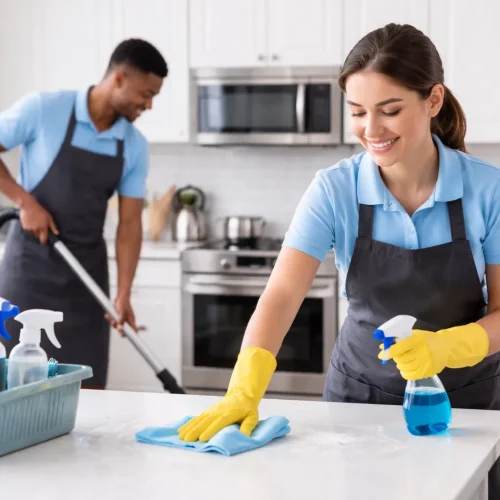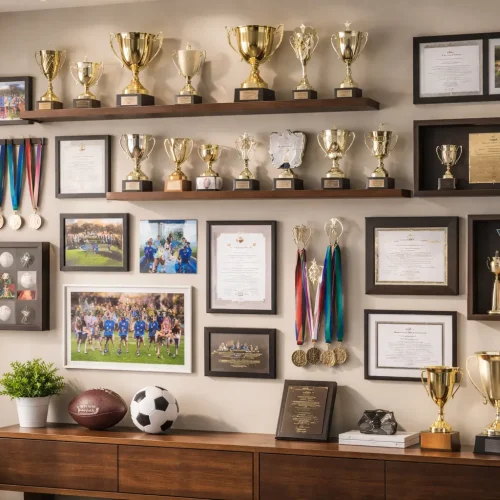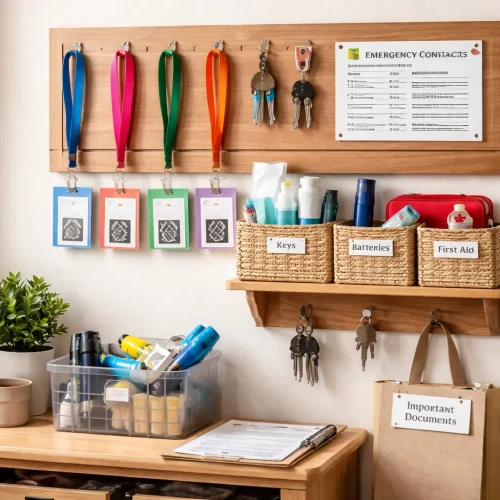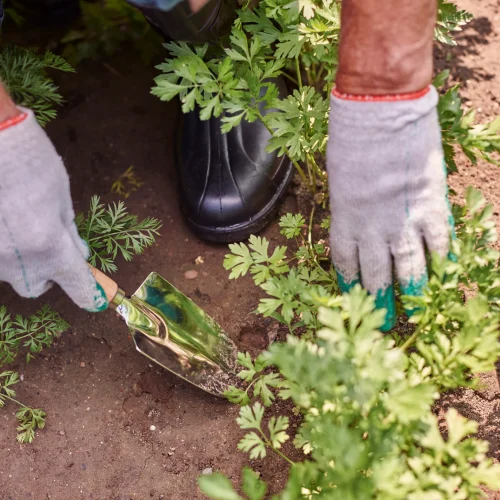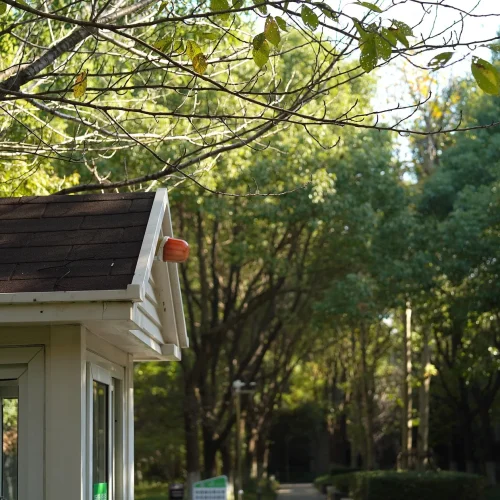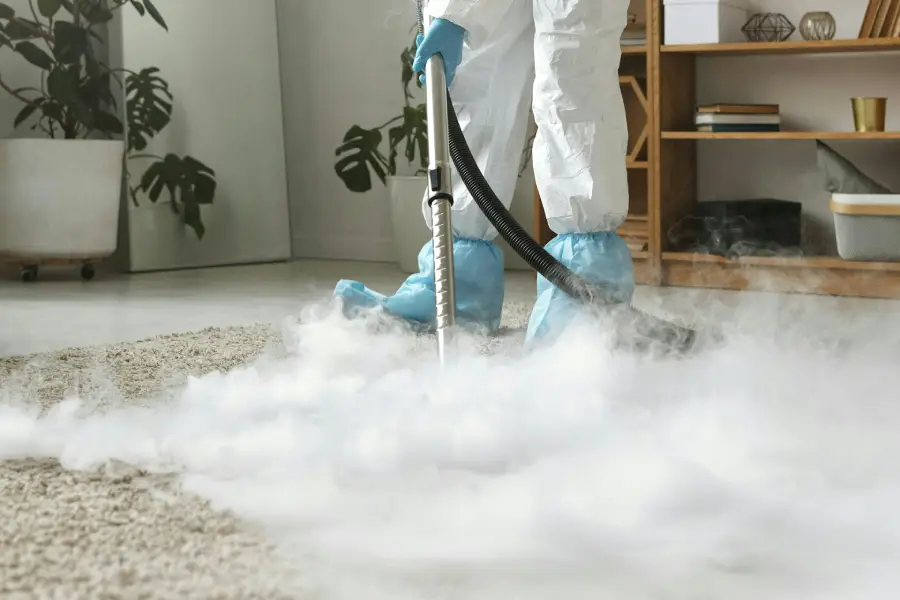
Carpet cleaning isn’t just a chore—it’s a craft. And if you’ve ever tried renting a machine and doing it yourself, you know there’s a fine line between a refreshed carpet and a soggy disaster. The truth? Not all carpets are created equal. Different carpet fibers react differently to water, heat, agitation, and chemicals. So, one method doesn’t fit all.
Let’s dive deep into how professional carpet cleaning services adapt to the wildly diverse world of carpet materials—and why that matters more than you think.
Understanding the Personality of Your Carpet
Your carpet has character. Some are plush and absorbent, others are dense and rugged. From high-end wool to budget-friendly nylon, each fiber has its own quirks.
Synthetic carpets like nylon or polyester can usually handle strong agitation and hot water extraction. Wool, on the other hand? It’s picky. It needs a gentler approach or it risks shrinking or warping. Then there’s olefin, which resists moisture like a champ but tends to attract oily residues.
If your cleaner doesn’t know the difference, they could ruin your floors. A professional carpet cleaner starts by identifying the material. That’s their blueprint for every other decision in the process.
Why the Pre-Inspection Isn’t Just a Formality
Before a single drop of cleaning solution hits your carpet, a technician will inspect it. This isn’t just to be thorough—it’s critical.
What are they looking for?
- Fiber type
- Level of soiling
- Stain patterns
- Wear and tear
- Colorfastness
They might test a small section just to see how it reacts to moisture. A high-pile carpet that looks like a cloud might hide dirt differently than a commercial-grade looped one. Even the type of stain (wine? pet urine? coffee?) plays a role in deciding which products and techniques to use.
No two carpets—and no two cleaning jobs—are exactly alike. This first step sets the tone for everything that follows.
Customizing the Cleaning Method for Your Carpet Type
Here’s where the magic happens.
Professional carpet cleaners choose their methods based on everything they learn from the pre-inspection. It’s like tailoring a suit—you need precision.
Let’s break down the most common techniques:
- Hot Water Extraction (Steam Cleaning): Ideal for durable synthetics. High-pressure hot water and powerful suction get deep into the fibers to lift dirt and allergens.
- Low-Moisture Cleaning: Perfect for wool or carpets in humid environments. Less water means less risk of shrinkage and mold.
- Bonnet Cleaning: Often used in commercial settings. A rotary machine with an absorbent pad “wipes” the surface clean. Great for maintenance in high-traffic areas.
- Encapsulation: A modern method where polymers surround dirt particles, which are then vacuumed away. It dries fast and is eco-friendly.
Choosing the wrong method can damage fibers or leave behind residue that attracts even more dirt. The right match? It restores vibrancy, texture, and longevity.
Products Matter: Using the Right Solution for the Right Fiber
Let’s talk chemistry.
Professional carpet cleaning is not about pouring the strongest chemical on the dirtiest spot. It’s about balance.
- pH-neutral cleaners are typically used on delicate fibers like wool to avoid damage.
- Alkaline solutions might be applied to synthetic carpets to break down oily residues.
- Enzymatic cleaners are a go-to for pet stains or food spills.
The wrong product can strip color, weaken fibers, or leave a sticky mess behind. Professionals not only choose the right cleaning agent but also pair it with the right temperature, pressure, and dwell time.
Also, the tools matter. Soft bristle brushes for looped fibers, strong suction wands for thick pile—every tool is handpicked for the job. That’s what separates a deep clean from a surface wipe. For homeowners and businesses in New Jersey seeking expert care, carpet cleaning New Jersey service ensures your carpets not only look spotless but last longer, keeping your space fresh and healthy.
Drying: The Forgotten Yet Critical Step
Here’s where DIY efforts usually fall flat—drying. Leaving carpets too damp invites mold, mildew, and a musty smell that lingers for weeks.
A pro doesn’t just clean. They dry smart.
They’ll:
- Use air movers to accelerate drying.
- Adjust humidity settings based on the room and carpet type.
- Groom the carpet fibers to restore appearance and airflow.
Drying isn’t just about speed—it’s about precision. Done right, it keeps your carpet soft, odor-free, and ready to walk on within hours.
Why Hiring a Pro Isn’t Overkill—It’s Smart Maintenance
Sure, you could rent a machine from the grocery store. But professional carpet cleaning isn’t about brute force. It’s about knowledge, precision, and customized care.
When you bring in a trained technician, you’re not just buying clean floors. You’re buying:
- Longer carpet lifespan
- Stain protection
- Better indoor air quality
- Fewer allergens
- Peace of mind
And let’s be honest—less stress and more results? That’s worth every penny.
Tailored Cleaning = Cleaner Living
Your carpet is more than just something under your feet. It affects how your home looks, smells, and even feels. A deep, targeted clean can make the entire space feel brand new.
When professionals adapt their approach to your carpet type, they’re not just ticking boxes—they’re delivering results. The kind of results that protect your investment and make every step barefoot feel like a luxury.
Whether it’s a lush shag in the living room or a tight-looped runner in the hallway, let the experts bring out its best version.
Final Thoughts
Carpet cleaning isn’t about soaking the floor and hoping for the best. It’s a calculated, personalized process. The type of fiber, the level of soil, the kind of stains—they all matter. And when treated with knowledge and care, your carpet can last longer, look better, and stay healthier.
Hire a team that knows the science behind the clean. Because when carpet cleaning is done right? It transforms everything.
FAQs on Carpet Cleaning Services
They perform a detailed pre-inspection to identify the fiber type, condition, and stain history, helping them choose the safest and most effective method.
Not typically. Wool is sensitive to heat and moisture, so professionals usually opt for low-moisture or dry-cleaning methods.
No, it’s best suited for durable synthetic carpets. Delicate fibers may shrink or get damaged if cleaned this way.
Drying time varies but usually ranges from 2 to 6 hours. Professionals use air movers and humidity control to speed up the process.
Using the wrong product can lead to color fading, fiber damage, or sticky residue that attracts dirt. That’s why pH-balanced, fiber-specific products are crucial.
Most pros use eco-friendly and non-toxic cleaners, but it’s always good to confirm this with your provider ahead of time.
Every 12 to 18 months is a good rule for average households. More frequent cleanings may be needed for high-traffic homes or allergy sufferers.


